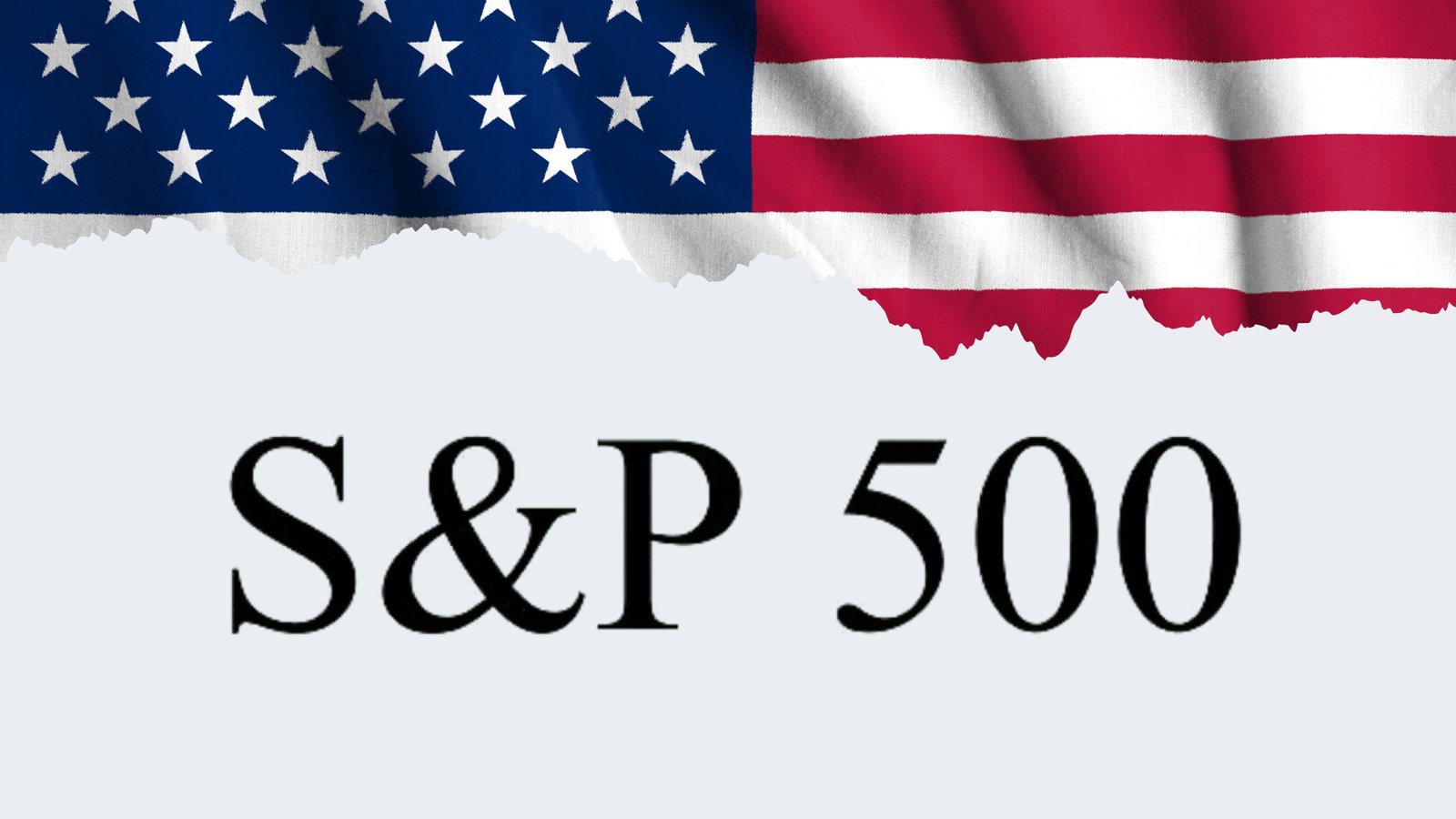Goldman Sachs Raises Its S&P 500 Forecast by 11%, Here’s Why
Goldman Sachs strategists have recently raised their forecast for the S&P 500 index by 11%. The team, led by Chief U.S. Equity Strategist David Kostin, now expects the S&P 500 to reach 6900 points in

Goldman Sachs strategists have recently raised their forecast for the S&P 500 index by 11%. The team, led by Chief U.S. Equity Strategist David Kostin, now expects the S&P 500 to reach 6900 points in the next 12 months, up from their previous forecast of 6500 points.
"A resilient outlook for 2026 earnings growth, the resumption of Fed rate cuts, and neutral investor positioning argue for further market upside as the recent narrow rally broadens," said Kostin and his team.
They expect the Federal Reserve to ease its policies more quickly and more significantly, with the fundamentals of the largest-cap companies remaining strong. Investors are likely to overlook short-term earnings weakness. They have raised their forward P/E ratio forecast for the S&P 500 from 20.4x to 22x.
Goldman Sachs also pointed out that while narrow market breadth often signals a higher-than-average risk of major pullbacks, they believe a "catch-up" rally is more likely than a "catch-down" scenario. They expect the market rally to broaden in the coming months. The market is also pricing in a more optimistic growth forecast, while investor positioning remains well below levels seen earlier this year.
Investors have not overextended themselves in their holdings, and significant amounts of money are still waiting to be deployed. This is another reason for Goldman Sachs’ bullish outlook on the S&P 500.
Goldman Sachs' Three Key Pieces of Advice for Investors:
Maintain a balanced portfolio. Hold stocks from sectors with strong growth potential, such as software, services, and media entertainment, while complementing this with cyclical laggards such as the materials sector. Additionally, include two defensive sectors: utilities and real estate.
Invest in alternative asset management companies. Despite improvements in the capital markets environment, these companies' stock performance has lagged behind macro expectations.
Focus on companies with high floating-rate debt. These companies are expected to benefit from lower bond yields.
Kostin and his team also said that as the perceived economic and earnings risks from tariffs continue to fade, investors will keep looking for those laggards that have yet to participate in the thin rally. They created a screen of Russell 3000 stocks with high short interest, a negative correlation with bond yields, and low valuations. The top five stocks on this list are Kohl’s, Intellia Therapeutics, Gogo, Plug Power, and Apellis Pharmaceuticals.
Lastly, Goldman Sachs made a note acknowledging that the constantly changing tariff environment brings considerable uncertainty to their earnings forecast and they plan to revisit these predictions after the Q2 earnings season ends.
Disclaimer: The views in this article are from the original Creator and do not represent the views or position of Hawk Insight. The content of the article is for reference, communication and learning only, and does not constitute investment advice. If it involves copyright issues, please contact us for deletion.